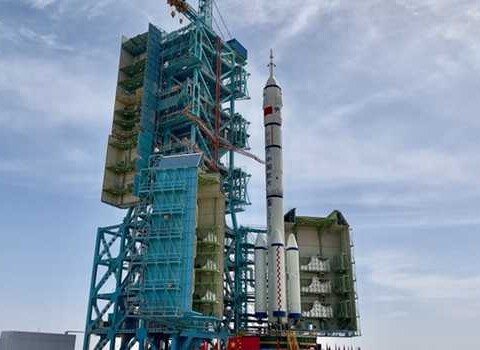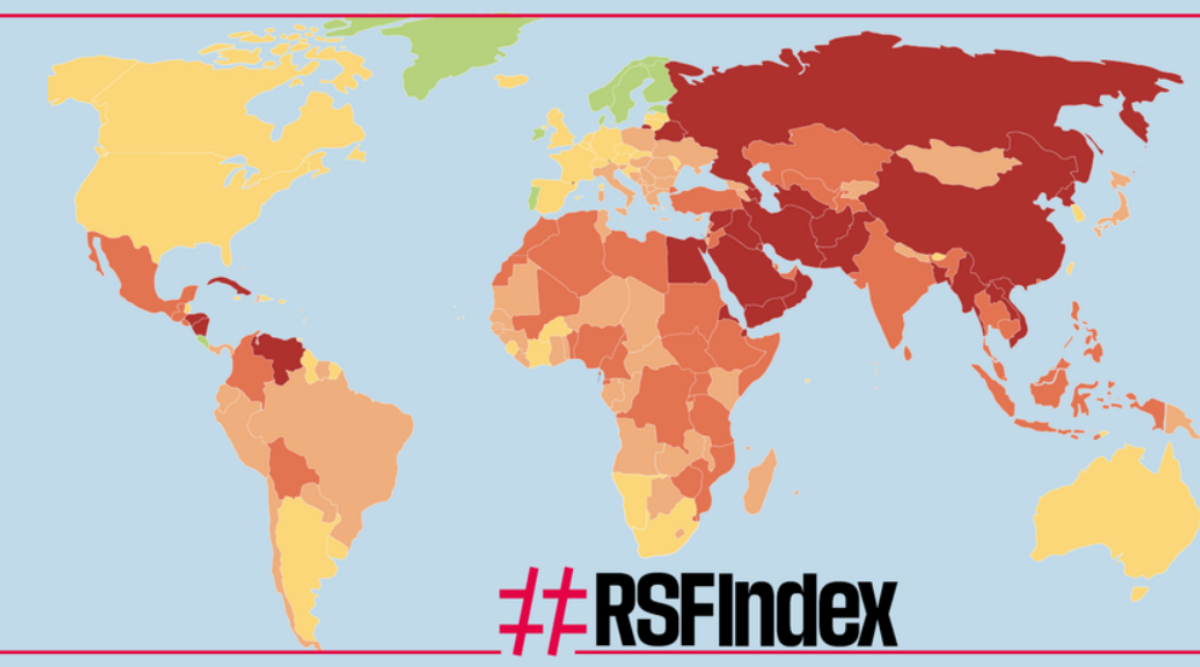Imtiyaz Wani
 Srinagar: After devastating floods in 2014 the Valley saw complete depletion in the production of famous vegetable Nadroo. However, after three years the Nadroo is back on the table of Kashmiri cuisine as again it has started to grow on the serene waters of Dal, Anchar and other water bodies of the valley.
Srinagar: After devastating floods in 2014 the Valley saw complete depletion in the production of famous vegetable Nadroo. However, after three years the Nadroo is back on the table of Kashmiri cuisine as again it has started to grow on the serene waters of Dal, Anchar and other water bodies of the valley.
During any summer morning, the beauty of world famous Dal Lake is enhanced by Lotus flowers that dot a major stretch of the lake. And everyone loves to see this majestic flower floating on the lake. Not only in Dal Lake , but Asia’s second fresh water body, Wular Lake also has plenty of Lotus flowers that have made the lake famous among the visitors. Even the tranquil Manasbal lake the visitors and tourists get fascinated with the beautiful Lotus flowers and every summer people reach there to catch the glimpse of Lotus flowers.
Botanically known as Nelumbo nucifera (Lotus) is the most important and attractive wetland plant species found near water bodies, this plant exhibits enormous phenotypic diversity, with numerous racial variants in different shapes, sizes and common shades of pink and white flowers. While many communities in the world consider Lotus as scared plant, Kashmir’s too have special liking for it. “For us Lotus is very important flower as it adds glory to our lakes and lends beauty to our environment,” said Bashir Ahmad who lives inside the Dal lake.
“We are taking all the steps to preserve this aquatic plant. However after 2014 floods, the lotus stem was completely wiped out. It didn’t grow for next two years. This year again the lotus was in abundance in the lakes of the valley,” he said, adding that still the production has not reached what it used to be before the devastating floods. ‘’We are hopeful, this year it will be same what it used to be post floods.’’
In absence of local Nadru though vegetable growers used to get nadroo from outside the state, however nadroo failed to attract customers due to its taste and quality. ‘’Kashmiri nadroo is unique in quality and taste. The nadroo which we used to get from outside the state had not many takers in Valley,’’ said a vegetable vendor at Batamaloo where majority of people get vegetables.
Due to absence of local nadroo, the rates also had gone up in the past, now it is again affordable and even from next year the vegetable growers are hopeful that they could export nadroo to other states. ‘’We used to export nadroo to different states as the production. Even through cross LoC trade the nadroo was sent to Pakistan, where people liked it much and there were more orders,’’ said Bashir Ahmad wholesale vegetable dealer at Parimpora fruit mandi.
Many people in Kashmir love to eat Lotus roots and stems as it has sweet taste. And for many this plant is a source of income as hundreds of families in Kashmir earn their livelihood by selling stem of this flower. “Every morning, hundreds of boats carrying lotus stem could be seen on way to market,” said Bilal Ahmad a resident of Sada Kadal. He said that there is long queue of customers who are always ready to buy the fresh stems.
“Recent studies have confirmed that Lotus roots and stems were found to be rich in dietary fiber, vitamin C, potassium, thiamin, riboflavin, vitamin B6, phosphorus, copper, and manganese while very low in saturated fat,” said a dietician adding that some parts of the lotus are also used in traditional herbal medicine.
However, in Kashmir this majestic plant species is under constant threat from non native plant species. “This is among only few aquatic native species that is still present in large numbers in the aquatic eco systems of Kashmir. And we need to preserve it,” said a research scholar in Kashmir University.
It counts among the best and tastiest vegetables of the Kashmir, its unique taste and good nutritional value has made Nadroo (Lotus stem) famous among the local as well as foreigners.
Nobody is sure about the history of the Nadroo in Kashmir, while Lotus stem is found in abundance in Kashmir’s beautiful Dal lake. Anchar, Manasbal and Wular lakes also produce tons of Nadroo that are consumed locally. From ordinary households to the three star restaurants and hotels lotus stem is served everywhere in the Valley. Even roadside kiosks that sell Lotus fritters have numerous takers especially youngsters. In fact, Kashmiri chefs have mastered the skills of Lotus stem preparation.
While the poor love to prepare this variety of vegetable with pulses and potato. The affluent prepare it in different ways. Nadrooyakni, Nadroo hak and Nadroo gad are its best varieties. While the Nadrooyakhni dish consists of the lotus plant cut across its width into pieces and cooked in milk and curd, the Nadroo hak variety contains a lotus stem cut in a particular diagonal shape along with Kashmiri saag (collard-greens). And Nadroo gad is mixture of fish and lotus stem. And all the three varieties are prepared in the marriage feasts.
Ghulam Mohammad who owns a big hotel in the city says in his hotel Lotus stem has been kept in the daily menu. “All Lotus stem varieties have different taste and it tastes different than other vegetables.” Khan says while the simple Nadroo is economical, it’s other varieties like Nadrooyakhni, Nadroo hak and Nadroo Gad cost more.
“Apart from locals, both domestic and foreign tourists love to relish this variety of vegetable, especially with fish.”
Doctors also term, Nadroo good for the health. “As Lotus stem is found in water. It contains good amount of water and other natural products and is always beneficial for the health,” says Dr Anayat while advising the people to consume this variety at least four or five times a month.










